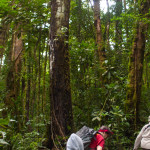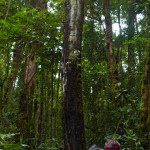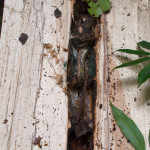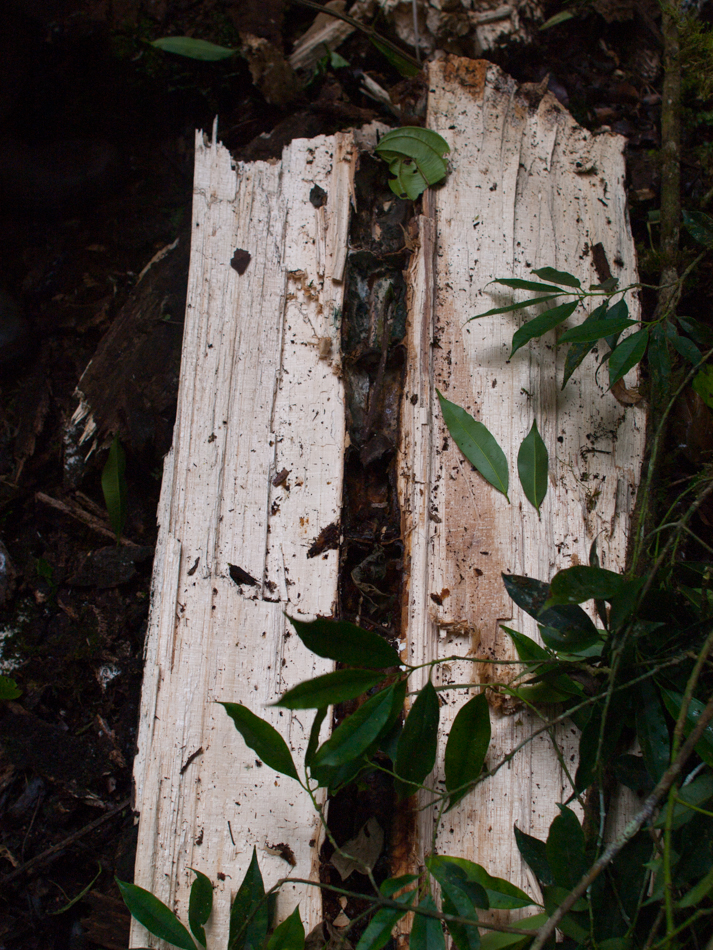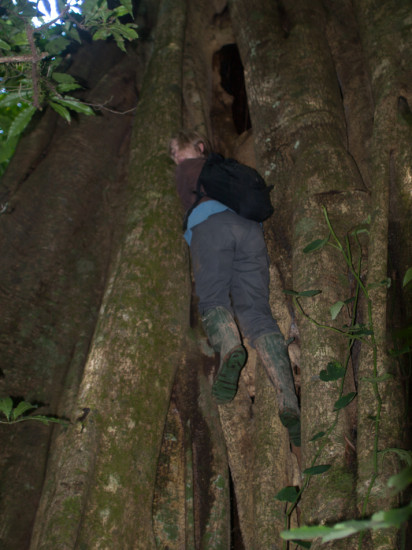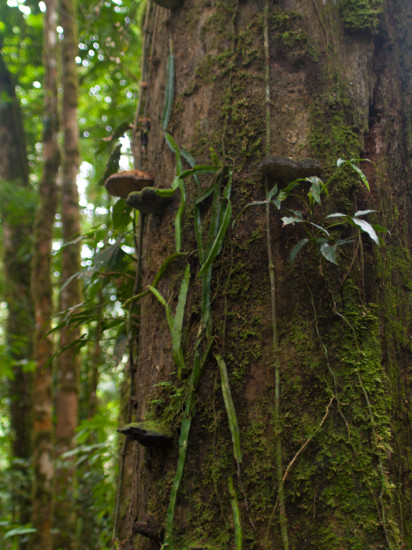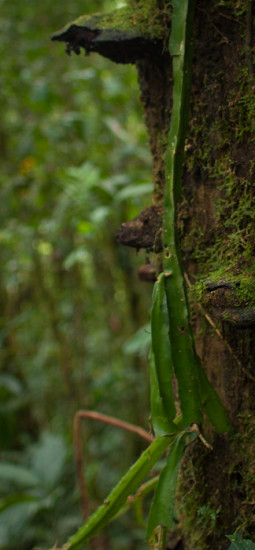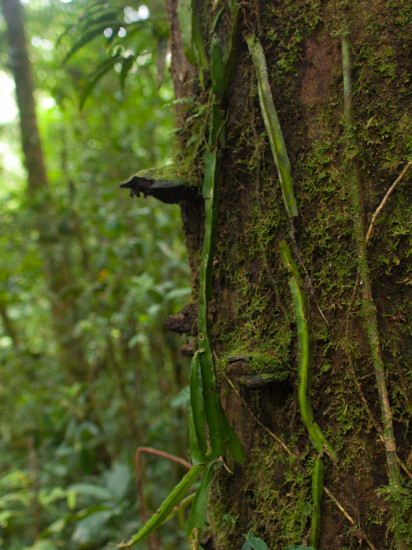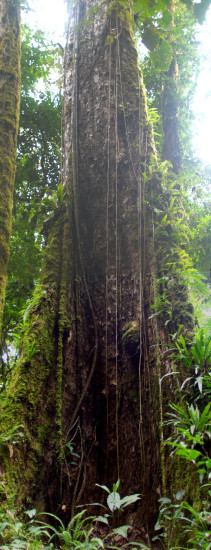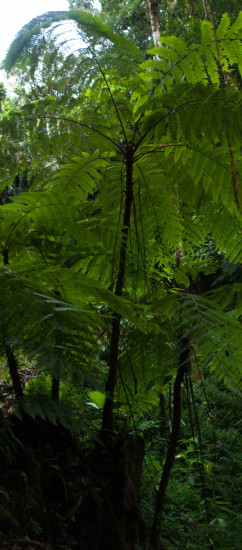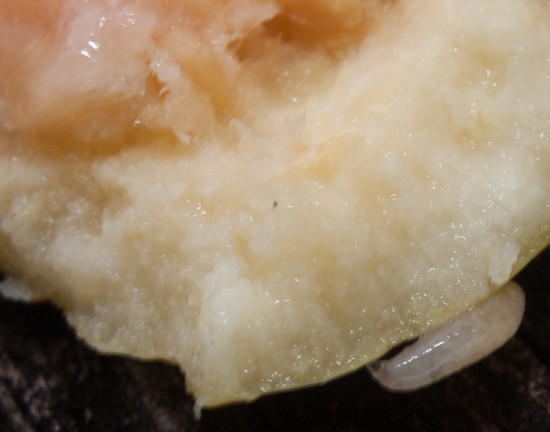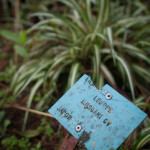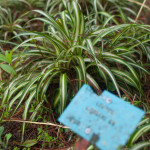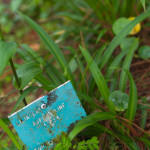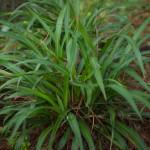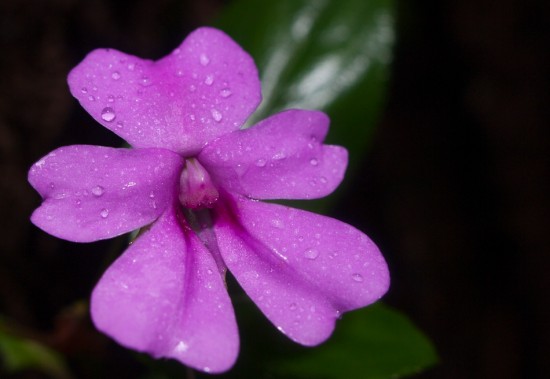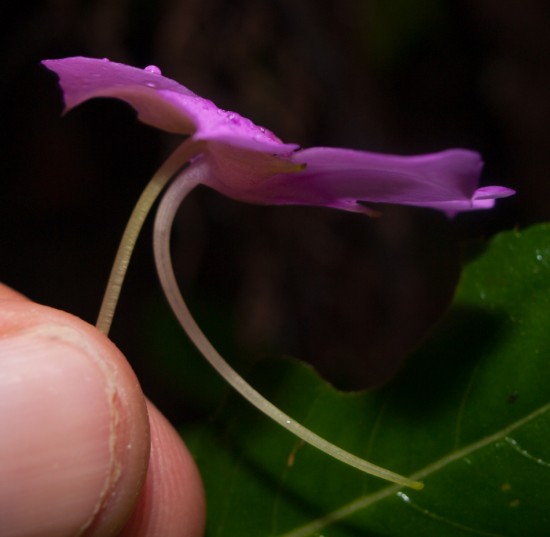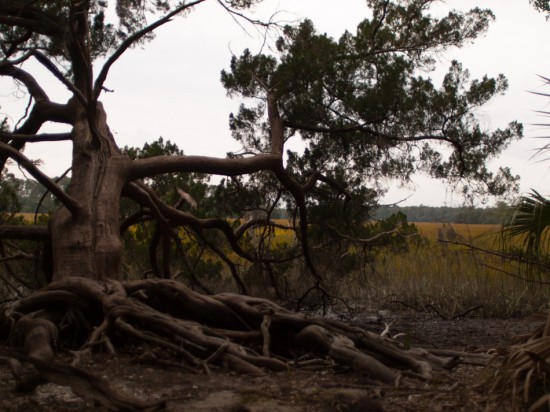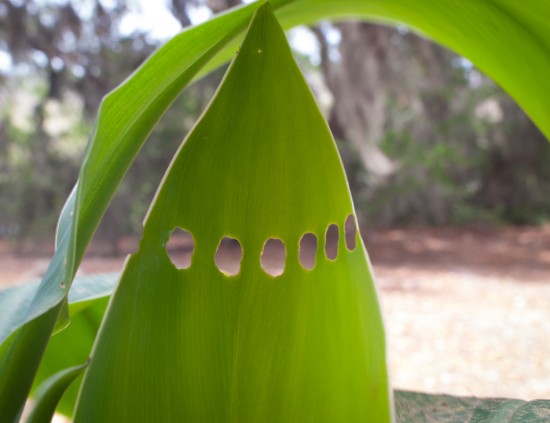Cecropia is a genus of tropical tree that quickly grows in light gaps and often has some interesting relationships with symbiotic Azteca ants. There are presumibly three species in Costa Rica, and two of the species are the subject of study for several students here with NAPIRE. The third species (maybe) occurs at higher elevations, like at Las Alturas, and the group mentor, Cynthia Saugers, found several specimen. We also came across an extremely large, but recently deceased, specimen here. Most of the time, the diameter of these trees don’t get seem to get more than about 30 cm in diameter (at least from my glancing observations as an aquatic ecologist…).
Tag Archives: Plants
Alice climbs a strangler fig
Wet forest cactus
Spanish Cedar
While visiting Las Alturas Biological Station and the adjacent forest in La Amistad Biosphere Preserve (an international conservation area in the Talamanca mountain range), we came across some Cedrela, a genus in the Mahogany family. These trees are valued as timber and are absolutely stunning. The preserve protects about a half million hectares of primary forest, and it was a fantastic opportunity to enjoy a little mountain of it.
This tree is endemic to Costa Rica according to the station director at Las Cruces, and my best guess at the identification was Cedrela tonduzii, which may be found elsewhere and is found in higher elevational regions (like La Amistad). I’m certainly not a skilled enough photographer to capture the tree’s beauty, so I’d encourage everyone to visit a primary, premontane wet forest and observe one of their own…
Tree fern
Premontane tropical wet forest is full of tree ferns – Cyatheales.
Guava – An unpalatable story of language
Guava is a fruit with many names and many types, generally belonging to the genus Psidium. In Costa Rica, cas is a guava that is used to make delicious juice and has yellow or whitish, seed-filled flesh. In Nicaragua, cas is known as guayaba. And to an American English speaker, guava (the red-fleshed fruit often used to make guava jelly) is what ticos call guayaba, whereas ‘guava’ refers to a bean-like fruit from a tree in the genus Igna… I think. I’ve also heard cas referred to as ‘superfruit’ in English.
In any case, all of the fruits are good… unless they are parasitized by fly maggots. Or perhaps, that’s what you’re into:
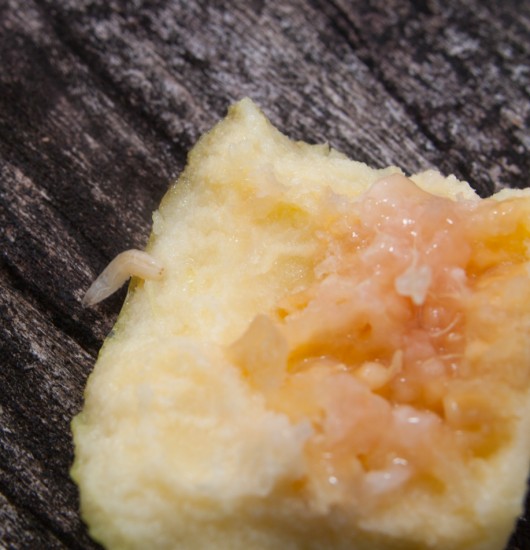
Spider plants
The Wilson Botanical Garden here at the Las Cruces OTS sation has over 3,000 species and 14,000 records. While exploring, I came across some spider plants… and it reminded me of the one I left in Savannah. While I think they are mis-labeled, here are a couple of species found at the botanical garden; mine looks more like the non-variegated specimen.

